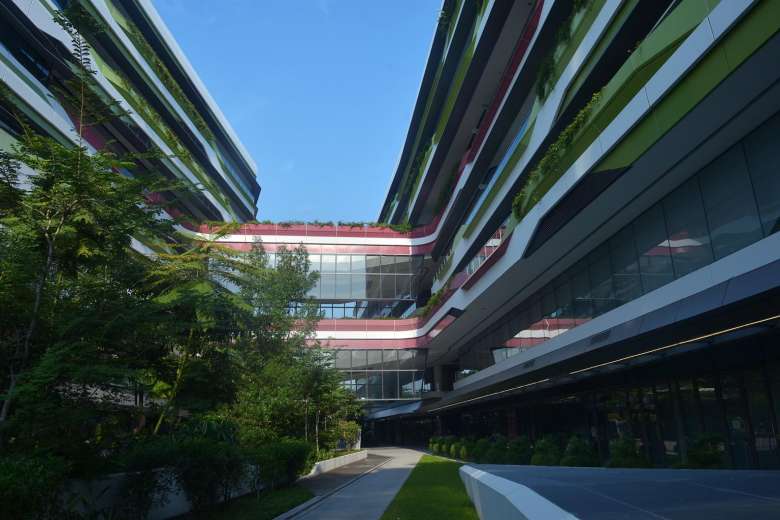Under a seven-year partnership, the Massachusetts Institute of Technology (MIT) has helped the Singapore University of Technology and Design develop a distinctive curriculum and pedagogy that has helped Singapore’s fourth university nurture graduates who are able to go beyond book smarts and become problem solvers.
Now, with SUTD having graduated two cohorts of students who have gone on to enjoy stellar job prospects, SUTD is concluding the education collaboration with the American university.
SUTD will, however, continue partnering MIT, dubbed the world’s best engineering school, in research.
The ending of the education agreement will, in practice, mean that SUTD will lose some of the MIT branding. The tagline that accompanies the university name, “established in collaboration with MIT”, will go and opportunities for student exchange at MIT will lessen.
The dual masters programme and the post doctoral programmes which enrol a small number of students will also be discontinued.
SUTD president Thomas Magnanti said the partnership SUTD and MIT had accomplished more than they set out to do.
“The curriculum is well in place and the SUTD faculty have been teaching the curriculum, so there is really no need to extend the education component of the agreement with MIT,” he said.
Professor Magnanti admitted that there was some concern that the loss of branding might affect admissions, but pointed to a survey which showed that the majority of students picked the university because of its design centric curriculum and hands-on approach to learning. Only 20 per cent quoted the MIT-based curriculum as one of the reasons.
Asked about the drop in student exchanges with MIT, he said that, currently, 75 per cent of SUTD students who go on overseas stints already head to 24 institutions around the world, including top ones such as Stanford University and the University of California, Berkeley. He said SUTD will forge more partnerships for exchanges.
“Other than that, they are still going to get the same MIT curriculum and it is going to be taught in the same way that we are teaching now. The day to day implications are minor,” he said, adding that SUTD is in the process of developing its own masters programmes.
Professor John Brisson, who serves as director of the MIT-SUTD collaboration, said it was not a divorce but an “evolution” of the relationship.
He said: “In the first seven years we were tasked with helping to develop a new university here and we have done that in spades.”
He said SUTD was on an “excellent trajectory and has very a bright future”, adding that MIT was very proud of the university’s progress.
SUTD officials declared the partnership a “major success”, noting that over 90 per cent of SUTD’s courses in four specialisations – in architecture, engineering product development, engineering systems and information systems technology – were developed by MIT.
The Introduction to Design course, which exposes first-year students to both architecture and engineering, was one of the many courses tailor-made for SUTD’s unique pedagogy which is infused with design thinking.
MIT had also helped in the recruitment and development of the SUTD faculty.
A third of SUTD faculty had attended a semester or year-long Teach-the-Teachers programme where they worked with research and curriculum development mentors at MIT.
SUTD students have also reaped the benefits of the partnership with 270 of them having attended educational programmes at MIT, including the summer Global Leadership Programme where they work with MIT students on large design projects such as building an electric car.
Mr Lee Tzu Yang who chairs SUTD’s Board of Trustees, said the board and staff were grateful for the help and support that MIT has given us in the university’s fledgling years.
MIT Provost Martin Schmidt said: “In a short period of time, we have together established a strong and innovative university. We expect that SUTD will continue to be an important educational resource for the people of Singapore.”
Officials noted that the popularity of SUTD’s hands-on, design-focused education is evident from the 16 per cent year-on-year increase in the number of applications since its inception.
It is also evident in the fact that SUTD graduates are sought after by employers.
Two SUTD cohorts have since graduated, with more than 90 per cent landing jobs.
Article & Photo from Straitstimes


